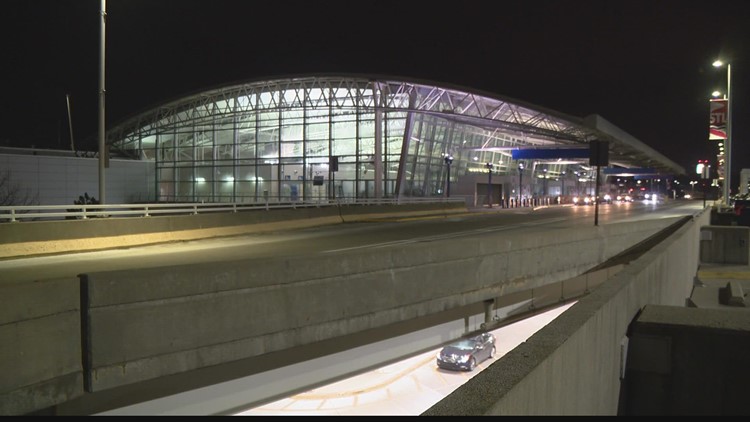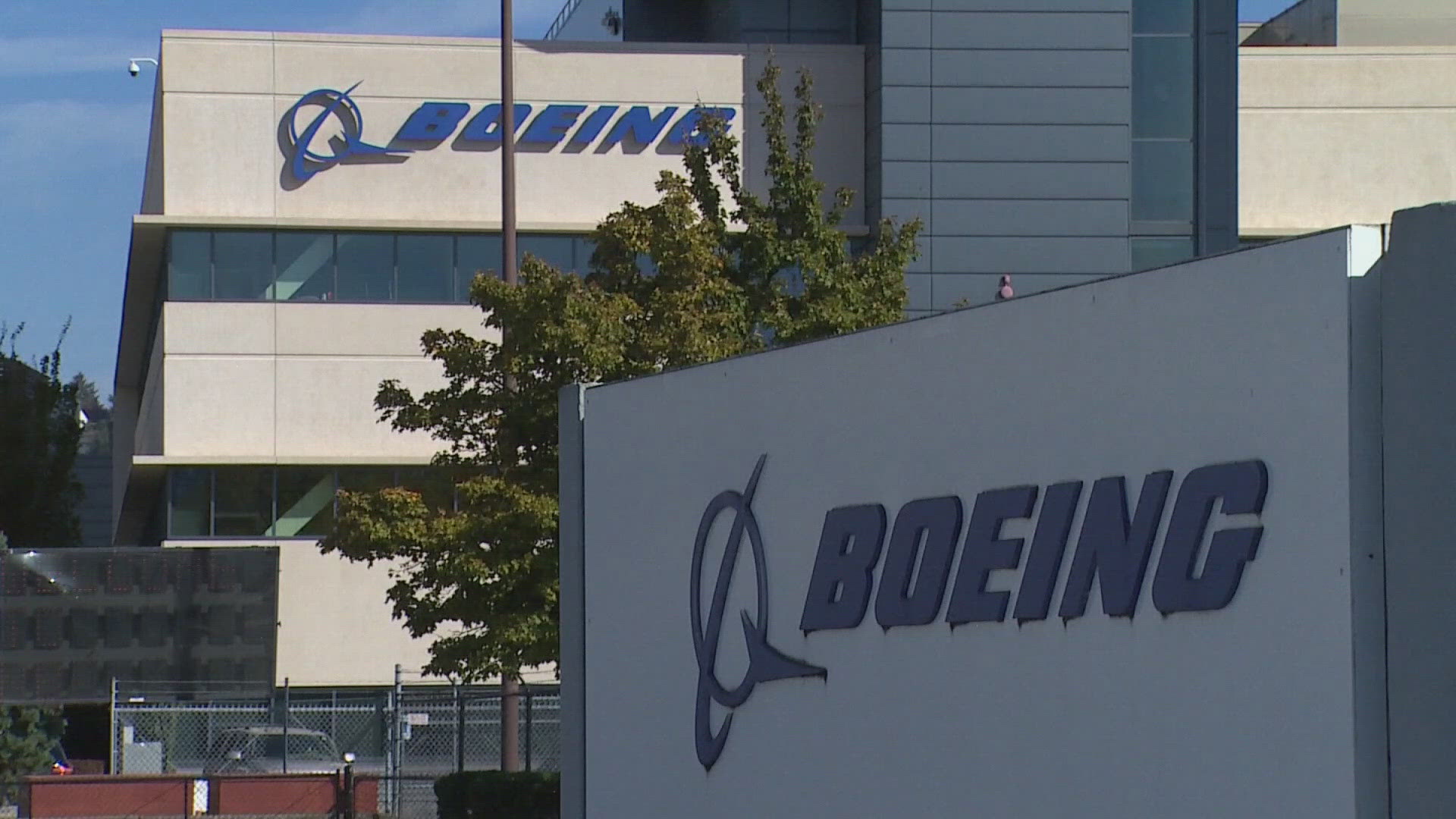ST. LOUIS — Before unveiling a $3 billion plan for a new terminal at St. Louis Lambert International Airport, the facility's leader had a warning for the St. Louis mayor.
Under the heading of "Major Obstacles," Airport Director Rhonda Hamm-Niebruegge wrote that when it came to planning for Lambert's future, "we will have to balance the desires of this community vs. the desires of airlines."
"While the community wants to see new modern facilities, the airlines want to keep costs low and view the facilities as competitive with a few tweaks," she wrote in April 2021 to Mayor Tishaura Jones and her chief of staff, Jared Boyd. "Key discussions with business community and airline partners will be keenly important as we plan to the future." The Business Journal obtained the message via an open-records request. The city of St. Louis owns and operates Lambert.
In order for the city's plan for a new Lambert terminal to succeed, it must convince the airlines that serve the airport that the investments are necessary. That's because the airlines will likely end up financing much of the work through landing and rental fees.
In an interview last week, Hamm-Niebruegge said that additional information — particularly details about what it would cost to maintain Lambert as it is — had come to light since the message to Jones last year. In particular, Hamm-Neibruegge has said that maintaining the current Lambert, with an aging Terminal 1, would cost $800 million to $1 billion over the next decade without layout changes.
"The airlines were never against it. What they wanted to look at was the assessment of the facility," Hamm-Niebruegge said. "As we got through this and have spent the last year and a half getting all the details, I think it became very clear to them as well that it does feel like we need to move forward with a consolidated terminal."
Backed by the mayor's office, Hamm-Niebruegge in January unveiled a plan, created by consultant WSP, that calls for constructing a single, 1.6 million-square-foot terminal with 62 gates.
Opening of the single-terminal concept would be possible in the early 2030s, officials have said. But in order for that to happen, Hamm-Niebruegge needs to negotiate the details with the airlines over how to fund the terminal, a process she has said could take two years. Those negotiations can't begin until a master plan is submitted to the Federal Aviation Administration and would also come amid an environmental review.
"We haven't got an agreement with them. We have support with them to start the negotiations and talking about it," she said.
Even if the airlines aren't opposed to the idea, as Hamm-Niebruegge said, their degree of enthusiasm for the project remains unclear.
A spokesman for Southwest Airlines, Lambert's largest with more than 60% of market share, said "we're in very early conversations with the airport to better understand the project and its longterm vision."
"At the same time, we're working with our internal teams to get a sense of what our future needs will be in St. Louis," the spokesman, Dan Landson, said. He added that Southwest is "continuing to work well with the airport, and, like all projects of this type, we want to make sure we work to keep costs low ow and affordable."
Other Lambert airlines — American Airlines, United Airlines, Delta Air Lines, Frontier Airlines and Alaska Airlines — didn't respond to requests for comment. Nor did Jones' office.
An executive with St. Louis' lead business group, Greater St. Louis Inc., said it would continue to work with the airport, airlines and other stakeholders "to help advance this landmark project."
"Transforming our airport with a modern terminal that offers an enhanced passenger experience, better parking and concessions, and room to grow is among the most impactful economic development strategies St. Louis can undertake in this decade," said Sam Murphey, Greater St. Louis Inc.'s chief strategy officer.
Twenty-two different options for Lambert were examined with WSP, Hamm-Niebruegge said. Those options included keeping both Terminal 1 and Terminal 2, but building perpendicular concourses at Terminal 2 to add gates, for example. Another idea was to run trains between the terminals — or even build a new terminal on the north side of the airfield, she said. But adding road infrastructure there "didn't make a lot of sense," Hamm-Niebruegge said.
Lambert, with about $450 million in debt and falling, could issue bonds to finance the terminal project.
Read the rest of the story on the St. Louis Business Journal website.
To watch 5 On Your Side broadcasts or reports 24/7, 5 On Your Side is always streaming on 5+. Download for free on Roku or Amazon Fire TV.



